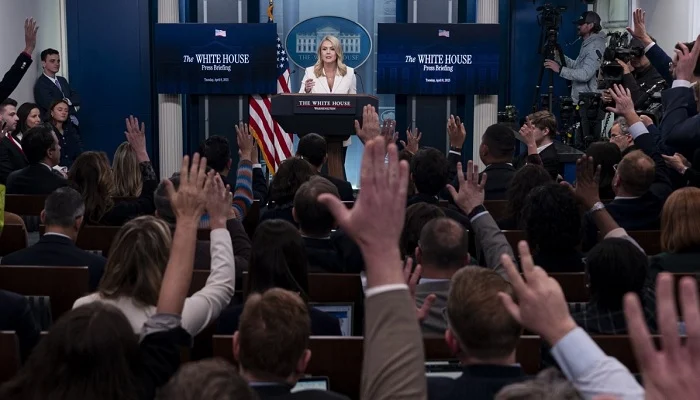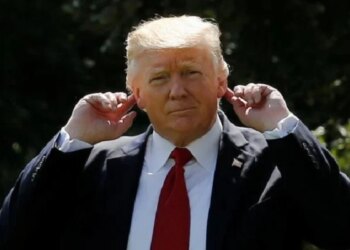Select Language:
A new policy implemented by the White House on Friday limits credentialed journalists from freely accessing the offices of press secretary Karoline Leavitt and other top communications officials in the West Wing, near the Oval Office. The memo from the National Security Council now requires journalists to schedule appointments to access Room 140, also known as “Upper Press,” citing concerns over sensitive information. The rule is effective immediately.
This decision follows earlier restrictions placed on reporters at the Pentagon, leading dozens of journalists to vacate their offices and return their credentials. The NSC explained that recent structural changes mean White House communications staff routinely handle sensitive material, necessitating tighter controls. Members of the press are now only permitted into Room 140 after obtaining prior approval from authorized White House staff, to ensure proper coordination and protection of classified information.
Previously, credentialed White House journalists could access Room 140 on short notice to speak with officials like Karoline Leavitt and her deputy Steven Cheung. The White House Correspondents Association did not respond to requests for comment.
During the previous administration, outlets like Reuters, the Associated Press, and Bloomberg News were removed from the permanent “pool” of reporters covering the president, though they could still participate occasionally.
This announcement follows the Pentagon’s recent move to restrict press access by requiring outlets to agree to new policies or lose their credentials and workspace access. Over 30 news organizations, including Reuters, refused to agree, citing threats to press freedom and independent reporting. The Pentagon’s new rules specify that journalists must acknowledge these restrictions and could be considered security threats, risking revocation of their press badges if they request classified or certain unclassified information.







